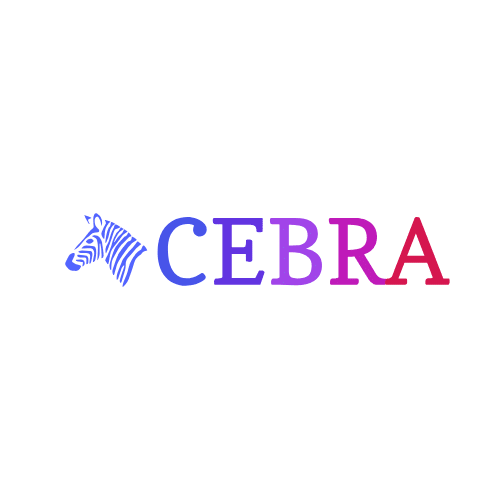Cebra Overview
Cebra is a cutting-edge machine learning tool designed to uncover hidden structures in high-dimensional time series data, making it particularly useful for behavioral and neural analysis. By leveraging both behavioral and neural data, Cebra produces interpretable and consistent embeddings that help researchers decode neural activity in real-time. This tool is chiefly aimed at neuroscientists, researchers, and institutions working with complex datasets from various species, facilitating advanced understanding of neural representations and their relationship to behavior.
Cebra Key Features
- Self-Supervised Learning: Cebra utilizes a self-supervised learning approach to provide high-performance latent spaces that reveal meaningful neural dynamics without needing extensive labeled datasets.
- Cross-Species Applicability: The method is effective across different species, enabling joint analysis of behavioral and neural data in both simple and complex contexts.
- High-Accuracy Decoding: It excels in decoding activities, such as reconstructing visual stimuli from neural activity recordings, achieving a median absolute error as low as 5cm in navigation studies.
- Dimensionality Reduction: Cebra specializes in compressing time series data which helps in identifying underlying patterns and structures, making complex datasets more interpretable.
- Integration with Cutting-Edge Technologies: The tool supports the analysis of data from advanced recording techniques like 2-photon and Neuropixels, ensuring consistent performance across varying dataset formats.
- Interactive Visualization: Cebra provides interactive visualization tools that allow users to explore neural activity mapped in lower-dimensional spaces, aiding in the interpretation of results.
- Collaborative and Open Source: Cebra's implementation is available on GitHub, promoting community collaboration and providing constant updates and improvements.
These features have led to Cebra being featured and cited in numerous high-impact publications, gaining recognition among researchers in neuroscience and machine learning.



